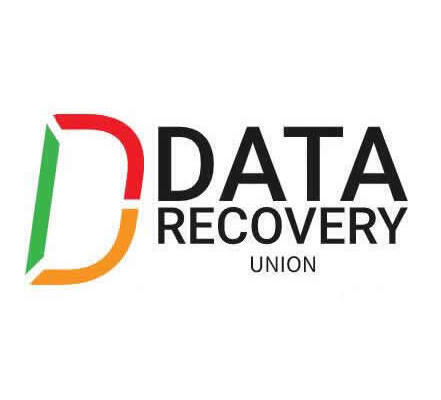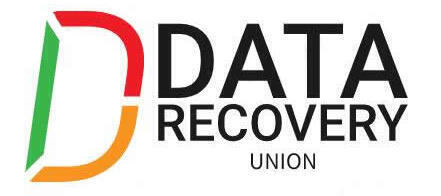
Glossary of Hard Disk Drive Terminology (Letter L)
Landing Zone
The heads move to this location on the inner portion of the disk when commanded, or when the power has been turned off. User data is not stored in this area of the disk.
Laser Textured Media
Laser textured disks minimize the wear and friction on a hard drive. The precision and consistency of the laser zone texturing process is a contributor to the robustness of our Western Digital hard drives.
Latency
The period of time that the read/write heads wait for the disk to rotate to the correct position to access the desired data. For a disk rotating at 5200 RPM, the average latency is 5.8 milliseconds; or, the average time delay between the head arriving on track and the data rotating to the head. (Calculated as one-half the revolution period.)
Local Area Network (LAN)
A system in which computer users in the same company or organization are linked to each other and often to centrally-stored collections of data in LAN servers.
Logical Address
A storage location address that may not describe the physical location; instead, it used as a means to request information from a controller. The controller converts the request from a logical to a physical address that is able to retrieve the data from an actual physical location on the storage device.
LBA (Logical Block Addressing)
A method of addressing the sectors on a drive. Addresses the sectors on the drive as a single group of logical block numbers instead of cylinder, head and sector addresses. It allows for accessing larger drives than is normally possible with CHS addressing.
Logical Drive
A logical drive is a section of the hard disk that appears to be a separate drive in a directory structure. You create logical drives on the extended partition of a hard disk. While 26 letters exist for logical drives, the first three are reserved. A and B are reserved for floppy disk drives, and C is reserved for the first primary DOS partition. Therefore, you can create up to 23 logical drives on your extended partition. Logical drives are usually used to group directories and files.
Logistics Model
The systems by which a company organizes the physical distribution of its products. A hard drive manufacturer’s model might include portions to OEM customers, to distributors, to retail chains or to all of these.
Low-level formatting
The process of creating sectors on the disk surface; this permits the operating system to use the regions needed to create the file structure. Also called initialization. Low-level formatting is performed at the Western Digital factory. There is no need for you to low-level format a Western Digital drive.
Low profile (LP)
Standard 3.5-inch hard drives are available in heights of 1.0-inch and 1.6-inches. Low-profile hard drives measure 1.0-inches in height.
